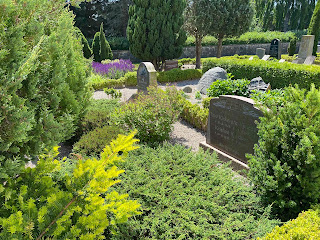Yesterday, I checked in for a flight from Paris to Rome, started my train trip to the airport, and got a message saying the flight was cancelled. "No further information is available at this time."
I got off the train at the next stop and mapped a trip to Gare de Lyon the station where trains leave Paris toward the Alps and Italy. I checked several possibilities, then made reservations for what I hope is the most reliable option.
It's not that I want my plans to fall apart, but when it happens, I feel and odd kind of joy. Once plans are made, travel is passive. Sit on the plane or train until the destination. But when plans fall apart, I can go into action. My mind races with possibilities. I look at weather, news reports, and feel exhilarated when a new plan comes together. In this case, staying in Paris would get me to Turin, Italy, by noon, and Rome by 8pm. I got a cheap hotel near the train station and left Paris at 6:46am.
Part of my happiness when I redo broken plans is experience. I have done this a lot, so I know what to expect. But I still have to deal with the situation as it is. It's like broken bones in that way. Each broken bone hurts like Hell, but by the 40th broken bone, I knew how the recovery would go and was excited about the surgery--it makes the healing process faster.
Part of it is also something I looked for in all of my kids and in soldiers I was in charge of: How would they respond to injury? Two of my kids got angry when they got hurt. They wanted to get back in the game or the race. The other four wanted to heal up and re-evaluate.
I am now on a train to Turin. I got an email from Air France this morning offering me a different flight. It was a connecting flight through Luxembourg. With all the flight cancellations, that option would give me two more chances to have a flight not take off, and possibly be in Luxembourg looking for a way to get to Rome through Switzerland.
























